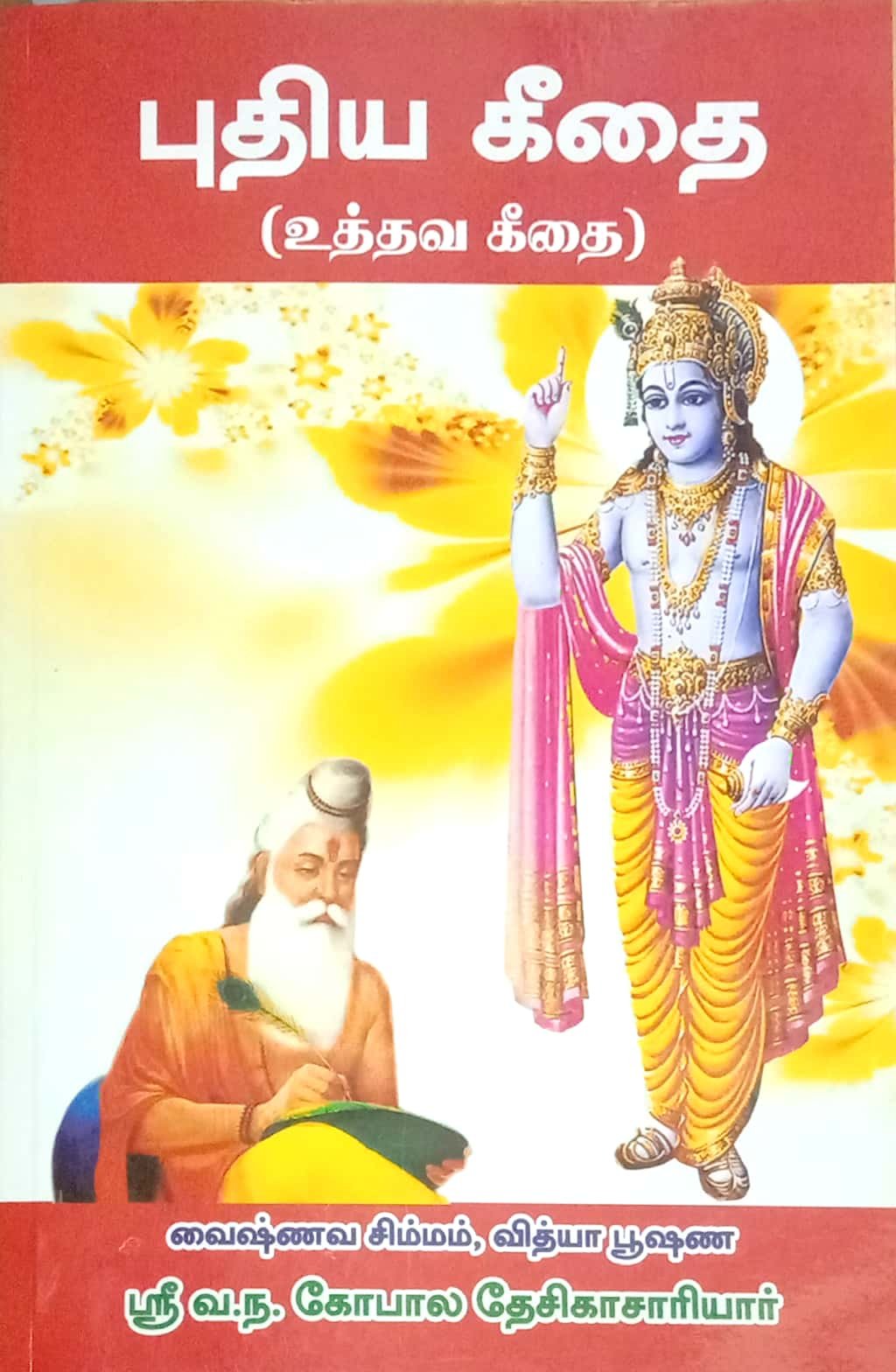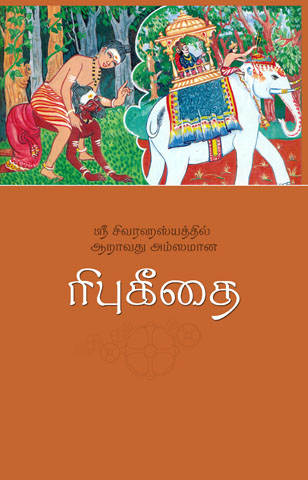
I have subdivided the chapter into four sections: the introduction, ‘without a trace of sankalpa’, ‘I am that, that am I’ and the concluding portion of the chapter.

It is reportedly said that he especially recommended the recitation of chapter 26, and that reciting it could lead one directly to the natural state or sahaja samadhi. "About this title" may belong to another edition of this title.Sri Ramana Maharshi often mentioned the Ribhu Gita in his teachings. Let us hold our hands together in homage to those realized beings who held Truth in the palm of their hand, who knew the Unknowable, and who left us this legacy of their revelation that jiva is, indeed, Siva. We must marvel at the Great Ones who so long ago sustained such a contemplation, the likes of which cannot be found elsewhere. It is a Moksha Mantra from beginning to end, with no intellectual diversions, no entertaining digressions. He referred to it constantly, and taught and encouraged others to read it. It should be mentioned too that this book was the great Ramana Maharshi's "bible". In this it is consistent, showing that even theology and doctrine are relative, not absolutes. The book systematically dismantles its own theology, one might say, after constructing it. After exposing in each chapter the world and all its inhabitants and happenings as totally unreal from the perspective of the highest Absolute, it concludes each chapter with practical advice in terms of duality, offering some of its most beautiful passages. This is what makes this text truly great. It is important to note that the book does not rest with absolute monism, which would not allow any validity to the dualistic view. For example, "You never had a witness," struck and forcefully impacted this reader. He may find some stanzas awakening new perception. The reader who is inclined to monism will be delighted. The book consists of 44 chapters, each one of which considers the Self, or Brahman, from one point of view, or conversely, looks back upon consciousness from the point of view of the Self. In all, some 2,200 sutras are dedicated to this ultimate of truths. This lofty knowing permeates virtually all Hindu teaching, but we know of no other text where it is focused upon so exclusively or exposed at such length. The interesting thing about this Gita is its unswerving focus upon one teaching only, that of the Self, or Self-God.

How rare! How precious! How utterly lofty! How far beyond the everyday consciousness of humanity, yet how close to our most intimate yearnings! Thanks to the recent publication by the Society of Abidance in Truth, SAT, the Saivas now have their Gita, too-the Ribhu Gita, an apparently "ancient text" which, like the other Gita, is an extract from a much longer epic, in this case the Sivarahasya. Nome is a teacher of this spiritual knowledge, an author of the same, and a translator of Vedanta texts.

These teachings are those found in traditional Advaita Vedanta as expounded by Adi Sankaracharya, Ribhu, and the Upanishads. Nome teaches Advaita Vedanta, especially as is contained in the teachings of Bhagavan Sri Ramana Maharshi. Nome is a spiritual teacher at Society of Abidance in Truth, known by the acronym SAT, which established and maintains a temple for Nondual Self-Knowledge in California. Ramamoorthy and Nome worked in close collaboration to translate numerous Advaita Vedanta texts, from Sanskrit and Tamil, into English. He was renowned for his humility, subtle humor, devotion, and a superlative clarity of expression even when dealing with the loftiest Hindu scriptural texts.

Ramamoorthy was a foremost Sanskrit scholar and expert in Tamil.


 0 kommentar(er)
0 kommentar(er)
